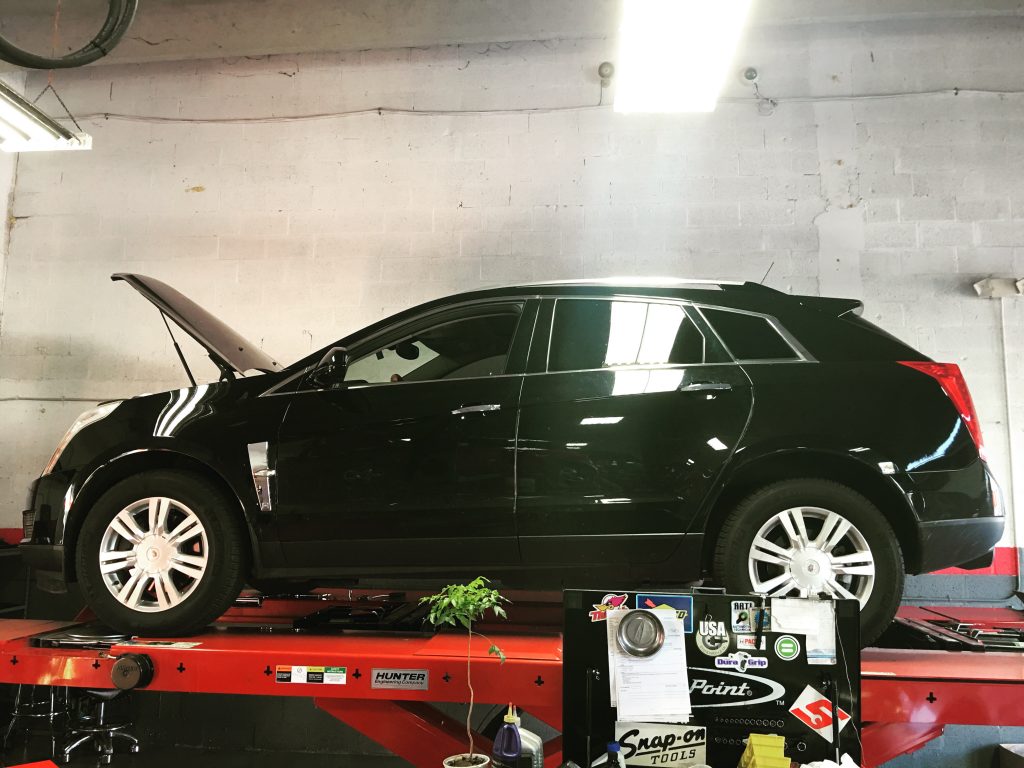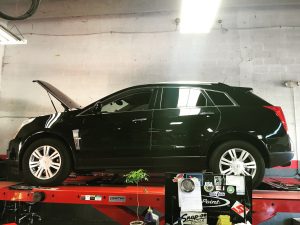Brake Repair
Brake Repair – The single most overlooked thing in car maintenance as well as car tuning is the brakes. Quite often people will spend thousands of dollars modifying their cars and doing major services but fail to check what is probably the most crucial thing on a car: its brakes. Not only do they have to operate at extreme conditions, but they have to do it all of the time. They can’t ever fail. Unlike the engine or the A/C which would render you too hot or the car undriveable, a brake failure could potentially be deadly. As such, you want to make sure your brakes are at their best at all times. Below you’ll find a few general tell-tale signs telling you that a component of the brakes is on its way out.
Visual Inspection
The easiest way to do a check on the brakes is to perform a quick visual inspection. Take a good look at the rotors as well as the pads. In most cases you can see the brake pads with a simple glimpse at them. Now, this isn’t really that accurate since you’re doing it by eye but as a general rule, there should be at least 1/4 inch of pad. Any less and you might want to get the pads replaced or checked to make sure they can withstand a couple more miles.
Listen To Your Brakes
The second way to tell that your pads need replacing is to simply listen to your brakes. If you hear a high-pitched noise when breaking it means that you need new brake pads as the old ones are on their last leg. If you failed to notice the high-pitched sound (or there wasn’t any), you might hear a harsh grinding sound. This is usually indicative of a completely shot (worn off) brake pad. In this case you’ll want to immediately replace the brake pads as all that’s stopping you at this point is a thin metal pad with no braking material.
Stuck Caliper
If you notice your car pulling to either side of the road and it’s not the wheel balance or the steering system, it might be a stuck caliper. The caliper is designed to last the entire lifetime of the car but sometimes certain wear and tear or mechanical defects might make it stuck. In this case, the pad on that particular wheel will be touching the rotor constantly, causing the pulling we mentioned. If this happens, you’ll want to take it to a mechanic and get it sorted out. It’s usually a reasonably easy fix and doesn’t require a new rotor.
Pedal Feel
Lastly, you have the pedal feel. If you feel vibrations when braking, you might have a warped rotor on your hands. Likewise, if the pedal feel is inconsistent or goes to the floor, you’ll want to check the braking fluid. It could have air in it or the fluid might be just old and ineffective. A mushy pedal is one of the most dangerous things that can happen to you, especially in emergency braking. You want to sort it out as soon as possible.
Find A Good Mechanic
As always, you want to find a good mechanic (service center) to take your car to for a brake repair. Certifications from the AAA or ASE indicate that the shop is reputable. A shop which offers vague description of what’s wrong with the car or what’s been done to it is probably best avoiding. Once the brake repair has been done, you might want to ask for your old parts back just to make sure that they indeed carried out the work they said they did. And always, always, ask friends or read reviews on a certain shop before visiting it.


